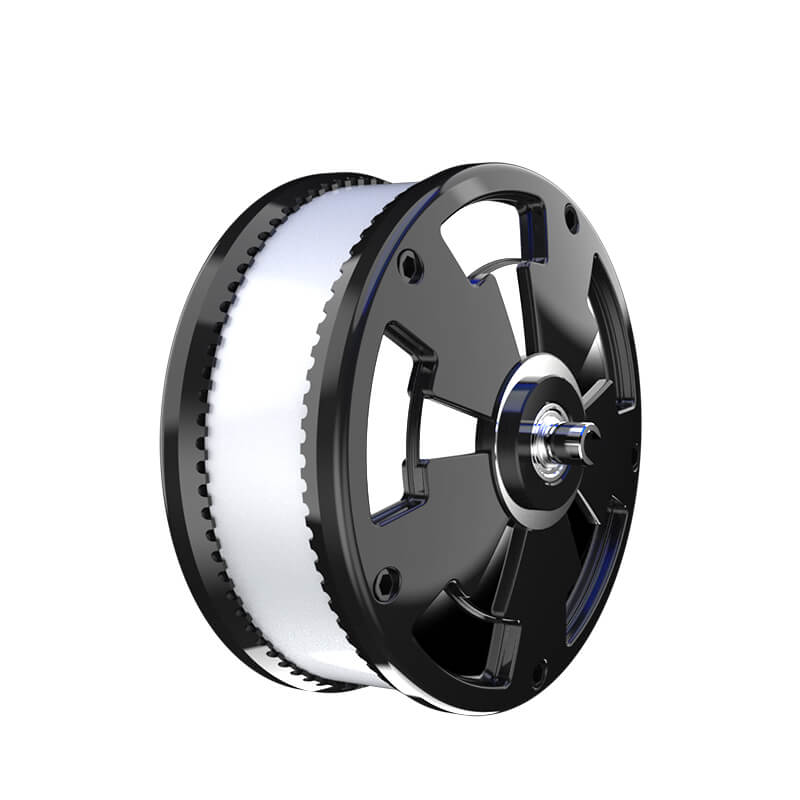How to Size a Servo Motor: The Ultimate Beginner’s Guide (Part 1)
In the world of automation and robotics, servo motors serve as the backbone for precise control, high speed, and reliable operation. Whether you're designing a robotic arm, CNC machine, or a drone, selecting the right servo motor isn’t just about picking the biggest or most powerful one; it’s about understanding the specific demands of your application and matching those needs with the perfect motor.

Understanding the Basics of Servo Motors
Servo motors are a type of rotary actuator that allow for precise control of angular position, velocity, and acceleration. Unlike regular motors, servo motors incorporate feedback systems that continuously monitor the output and make real-time adjustments. This capability makes them ideal for tasks requiring accuracy and repeatability.
Before diving into sizing, it helps to grasp some fundamental concepts:
Torque: The rotational force the motor can generate. Speed: How fast the motor’s shaft spins, usually measured in RPM (revolutions per minute). Power: The rate at which work is done, generally in watts or horsepower. Inertia: The resistance of a load to changes in motion, impacting the motor’s ability to accelerate or decelerate.
Why Proper Sizing Matters
Choosing an undersized servo motor can lead to poor system performance, overheating, excessive wear, or even catastrophic failure. Conversely, oversizing results in unnecessary costs, increased energy consumption, and larger physical footprints without added benefit. Striking the right balance ensures longevity, efficiency, and precision.
Step 1: Define Your Application Requirements
The first step in sizing a servo motor is to understand what you need it to do:
What load will it move? Is it a static position, continuous rotation, or intermittent movement? What is the weight (mass) of the load? Does it include accessories or attachments? What is the required speed and acceleration? How accurate must the positioning be? Are there environmental factors like temperature, dust, or moisture that could impact the motor?
Step 2: Calculate the Required Torque
Torque calculation is the cornerstone of proper sizing. At its simplest, torque (T) can be thought of as:
[ T = F \times r ]
where (F) is the force exerted, and (r) is the radius or distance from the center of rotation.
In practical terms:
For linear motion converted to rotational (like a conveyor belt), determine the force needed to move or stop the load. For rotary systems, consider the load's inertia and the resistance to acceleration.
A typical scenario involves the following:
Determine the force needed to accelerate the load:
[ F = m \times a ]
where (m) is the mass, and (a) is the acceleration.
Convert this force into torque:
[ T = F \times r ]
Add a safety margin (often 1.5 to 2 times the calculated torque) to account for starting torque, sudden loads, and system inefficiencies.
Step 3: Assess the Speed Requirements
Understanding your application's speed is essential:
What is the maximum operational RPM? Does the system vary speeds or require rapid accelerations and decelerations? Ensure the chosen servo motor's rated speed matches or exceeds your application's maximum.
Step 4: Consider Inertia and Acceleration
Inertia is a critical factor—larger loads or heavier attachments increase the load inertia, requiring more torque to accelerate or decelerate efficiently.
Calculating inertia:
For a spinning object, the rotational inertia ((J)) depends on its mass distribution.
The kinetic energy stored during movement:
[ E = \frac{1}{2} J \omega^2 ]
where (\omega) is the angular velocity.
A motor with higher torque can better handle sudden changes in speed, which is vital in applications like robotics, where rapid positioning is required.
Step 5: Factor in Efficiency and Power
Efficiency impacts how much electrical power the motor consumes versus its output mechanical power. When selecting a servo motor:
Check the rated power, keeping in mind the duty cycle of your operation. Aim for a motor with a slightly higher power rating than calculated to provide a safety margin.
This first part sets the foundation for sizing a servo motor. We'll proceed in the next segment with considerations for selecting the right specifications, understanding operational conditions, and practical tips for finalizing your choice.
Established in 2005, Kpower has been dedicated to a professional compact motion unit manufacturer, headquartered in Dongguan, Guangdong Province, China.




































